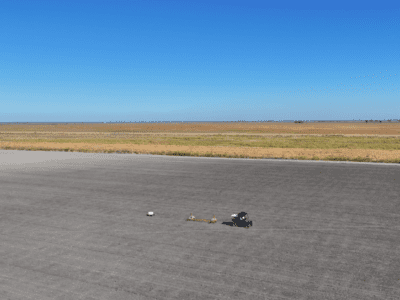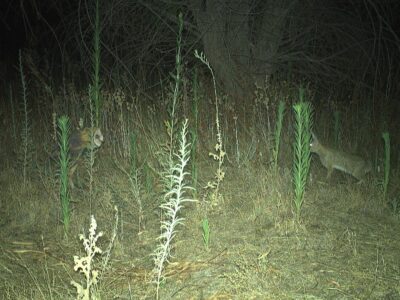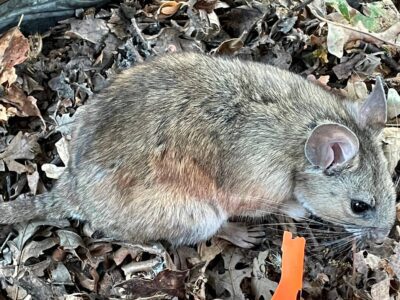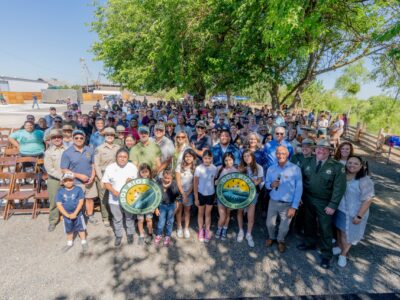BY STEVEN MAYER smayer@bakersfield.com
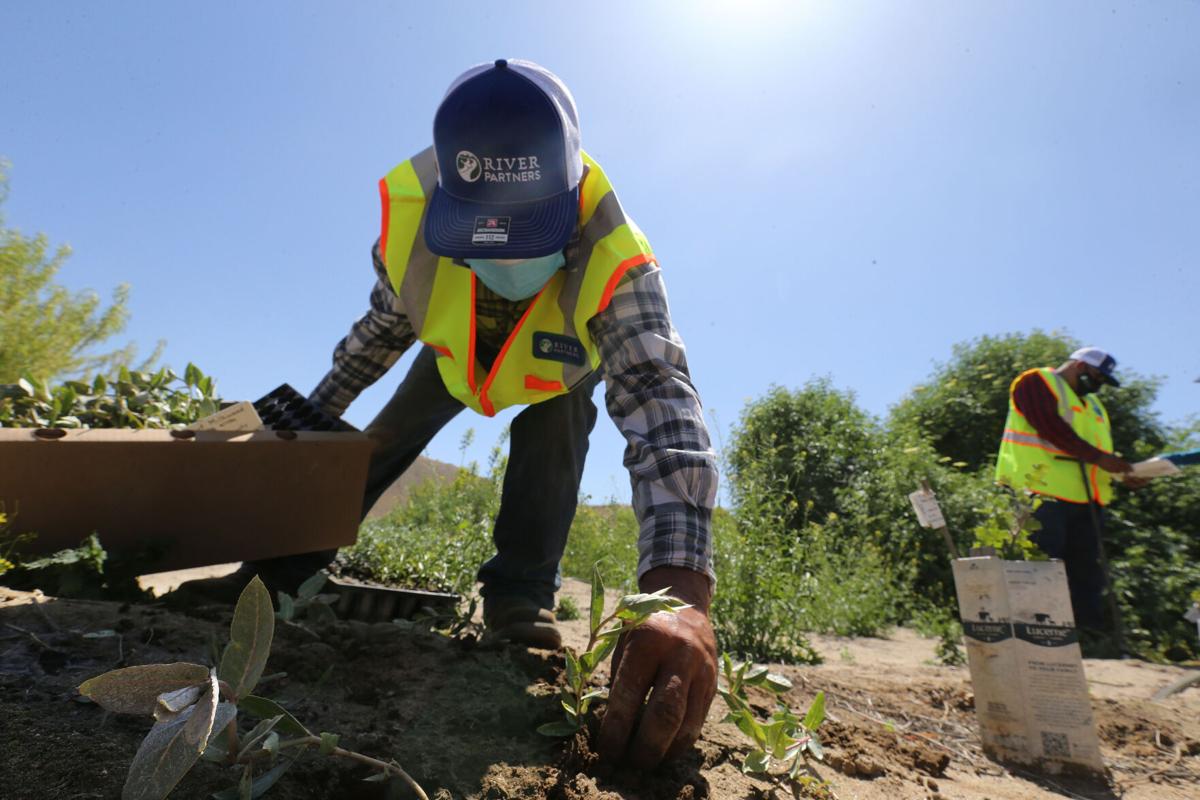
The 3-inch plants arrived in Bakersfield early Tuesday morning, all 3,600 of them.
And after they are planted, and if they survive and grow and mature, there is great hope that they will become the raw materials of a welcoming habitat for the western monarch butterfly, a species that many fear is headed toward extinction.
“In the 1980s, there were an estimated 4.5 million western monarchs in California,” said Claire Pavelka, a biologist with River Partners, the Chico-based nonprofit that is heading up the Monarch Butterfly and Pollinator Rescue Program at the Panorama Vista Preserve in northeast Bakersfield — and at seven other locations across the state.
An annual winter count by the Xerces Society recorded fewer than 2,000 butterflies, a massive decline.
The monarch rescue program is funded through a grant from the state Wildlife Conservation Board. The goal is to plant two species of milkweed — desert milkweed and narrow-leaf milkweed — as well as bush lupine and other nectar-rich plants on 50 acres of the preserve.
By adding monarch-friendly plants like milkweed and other flowering varieties to the preserve, scientists and project managers are inviting monarchs back to the area, giving them places to find food, get rest on their long migratory journeys, and habitats to reproduce.
The 936-acre preserve straddles both sides of the Kern River from the Panorama Bluffs in the south to the fence line separating it from thousands of acres of oilfields to the north.
Frank Reynoso, a field manager for River Partners, has worked on the preserve almost every other day for seven years. He’s seen its transformation from nearly barren to a place where indigenous plants are beginning to thrive again.
“It’s bringing back the natural animals,” he said. “Roadrunners, bobcats, coyote, snakes, hawks … we saw a bald eagle a few days ago.”
Some planting of the thousands of new plants began Tuesday as one worker used what is called a dibble stick to punch a four-inch hole in the dirt and another placed the seedlings in its new home.
The tender young plants will need drip irrigation for at least two or three years before they can survive on their own in the arid Central Valley’s harsh summer conditions.
“Some desert milkweed is already here at the preserve,” Reynoso said. “It can survive dry conditions.”
But Andy Honig, a member of the preserve endowment’s governing board, said he’s taking a wait-and-see attitude.
“You just have to see how it turns out,” he said.
“One time, I planted about 80 narrow-leaf milkweed out here,” he said. “I used milk cartons to protect the young plants.”
But rabbits had their way with them anyway, and the plants did not thrive.
Honig said he’s enthusiastic about the project, and he would like nothing better than to see the thousands of new plants help bring back the beautiful monarchs.
Their extinction, he said, would be a great tragedy.
Who could disagree?
See the original article in TheBakersfiled Californian.

